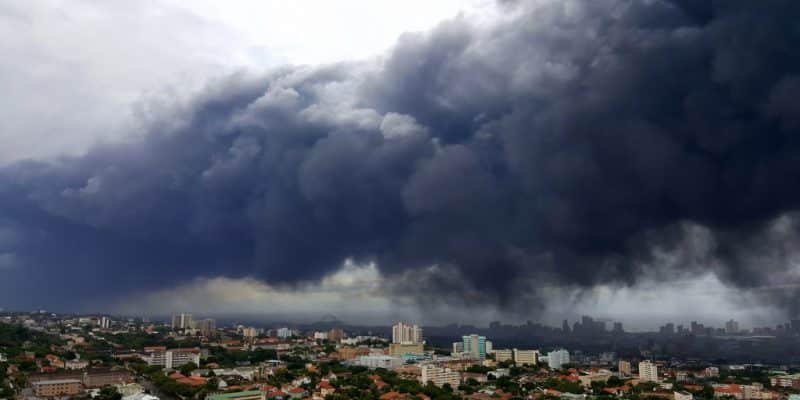As cities in West, East and Central Africa become increasingly vulnerable to air pollution, a study coordinated by the University of Lagos in Nigeria has led to the establishment of an inter-regional committee to work on air purification in five cities.
Africa’s cities are being suffocated by air pollution. This is the alarming finding of a joint study by the Air Quality Monitoring Research Group (AQMRG) at the University of Lagos in Nigeria, the AirQo project at Makerere University in Uganda and the UrbanBetter Innovation Lab at the University of Pretoria in South Africa.
The consortium of scientists supported by the US State Department will develop new approaches to monitoring and modelling air quality in urban areas. It will work with a committee of scientists, economic operators and local officials from Kampala in Uganda, Bujumbura in Burundi, Yaoundé in Cameroon, Accra Ghana and Lagos in Nigeria.
For the West African country, these include the Centre for Housing and Sustainable Development (CHSD) and the Lagos State Environmental Protection Agency (Lasepa). The Nigerian economic capital, with a population of 21 million, is one of the most polluted cities in the world, with the proliferation of uncontrolled dumping sites and the expansion of internal combustion vehicles. In this context, “65 locally developed low-cost sensors will be deployed in the targeted cities and will be complemented by existing reference monitors installed in the respective US missions,” says the AQMRG.
Faced with climatic hazards, notably the harmattan (a dry and dusty wind, editor’s note) that blows over the Sahara, the multi-sectoral team will also be tasked with designing resilient artificial intelligence (AI) models that can limit pollution levels to those recommended by the World Health Organisation (WHO). In 2019, air pollution caused 1.1 million deaths in Africa according to the Lamont-Doherty Earth Observatory at Columbia University in the United States of America.
Read also-
Lomé in Togo is one of the cities most exposed to this phenomenon in West Africa. Indeed, the 1.4 million inhabitants of the Togolese capital inhale microscopic particles on a daily basis, which are the cause of several heart diseases such as asthma and lung cancer. This deterioration in air quality is also due to human activities, notably dust from unpaved roads, the burning of waste and coal-fired power stations.
Benoit-Ivan Wansi






